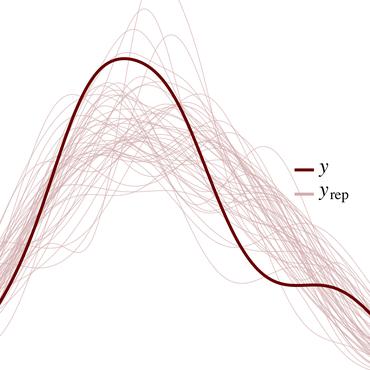High Five: Improving Gesture Recognition by Embracing Uncertainty
Sensors on mobile devices---accelerometers, gyroscopes, pressure meters, and GPS---invite new applications in gesture recognition, gaming, and fitness tracking. However, programming them remains challenging because human gestures captured by sensors are noisy. This paper illustrates that noisy gestures degrade training and classification accuracy for gesture recognition in state-of-the-art deterministic Hidden Markov Models (HMM). We introduce a new statistical quantization approach that mitigates these problems by (1) during training, producing gesture-specific codebooks, HMMs, and error models for gesture sequences; and (2) during classification, exploiting the error model to explore multiple feasible HMM state sequences. We implement classification in Uncertain<t>, a probabilistic programming system that encapsulates HMMs and error models and then automates sampling and inference in the runtime. Uncertain<T> developers directly express a choice of application-specific trade-off between recall and precision at gesture recognition time, rather than at training time. We demonstrate benefits in configurability, precision, recall, and recognition on two data sets with 25 gestures from 28 people and 4200 total gestures. Incorporating gesture error more accurately in modeling improves the average recognition rate of 20 gestures from 34\% in prior work to 62\%. Incorporating the error model during classification further improves the average gesture recognition rate to 71\%. As far as we are aware, no prior work shows how to generate an HMM error model during training and use it to improve classification rates.
PDF Abstract



